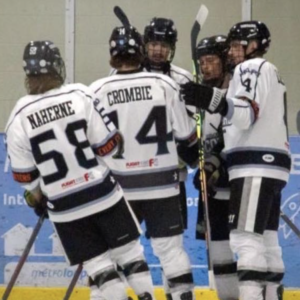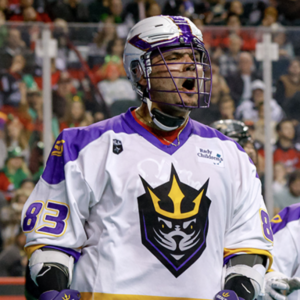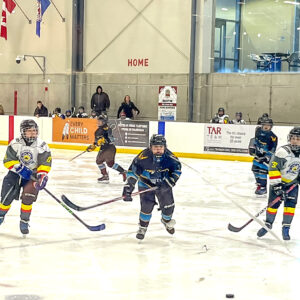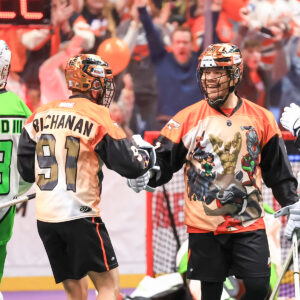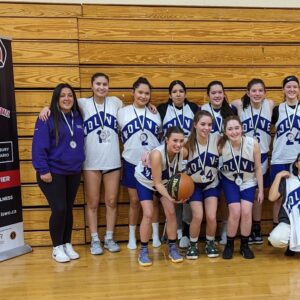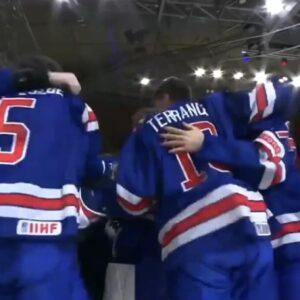
The wait for the Kansas City Chiefs — and for their head coach — was finally over this past weekend. A half-century after winning their first Super Bowl, the Chiefs were champions once more, winning Super Bowl LIV in epic fashion at Hard Rock Stadium.
Kansas City, led by Patrick Mahomes, overcame a 10-point deficit to stun the San Francisco 49ers 31-20, making the Chiefs the first team in NFL history to win three games after trailing by 10 or more points in a single postseason.
The Kansas City Chiefs often claimed Arrowhead Stadium as the world’s loudest home field — and one of the most intimidating. And when the public address system plays the rhythmic “war chant” to accompany the famed “tomahawk chop,” the stands can feel as if they’re rocking back and forth.
That pulsing cheer the franchise helped make famous, along with other team customs patterned after Native American traditions, was on international display.
That alone attracted increased attention from Native American groups and indigenous rights advocates as the team stepped onto one of the world’s biggest sporting stages. The Chiefs have largely escaped the scrutiny of other sports franchises that employ Native American imagery and other tropes, including the Washington Redskins, Atlanta Braves and Cleveland Indians.
Back in Kansas City’s first Super Bowl in the 1969 season, when the team’s logo depicted a bare-chested man in a loincloth, headdress and moccasins, wielding a hatchet and holding a football.
Some Kansas City fans still come to games wearing mock-Native regalia, including headdresses, costume eagle feathers and face paint. Before the opening kickoff, the team asks a dignitary, often a former player, to bang a war drum while surrounded by cheerleaders.
The franchise refers to the Kansas City metropolitan area as “Chiefs Kingdom.” A cheerleader rides a horse named “Warpaint” through pregame festivities and around the field when Kansas City scores.
Some American Indian leaders and Native rights activists have called on the team and fans to revisit some of those customs ahead of Sunday’s game.
The Chiefs said in a statement that the organization has for six years “engaged in meaningful discussions with a group comprised of individuals with diverse Native backgrounds and experiences.”
Some critics draw an even harder line and have urged high school, college and professional sports teams to drop any use of Native American imagery in their names and symbols. Some states have restricted the use of Native American nicknames in public schools, and dozens of schools have altered or eliminated such nicknames and logos in recent decades.
The Kansas City franchise moved from Dallas in 1963 and changed its name from the Texans to the Chiefs that year, in part to honor Mayor H. Roe Bartle, a white man known as “Chief” in local political circles.
He was also involved heavily with local Boy Scout troops, and he started his own Scouting society called the “Mic-O-Say Tribe” that leaned on Native stereotypes.
The Chiefs has stated in other news stories that the chanting and arrowhead chop are a way for fans to come together and support the team. Demonstrators have been known to protest outside of Chiefs games for the appropriation.



